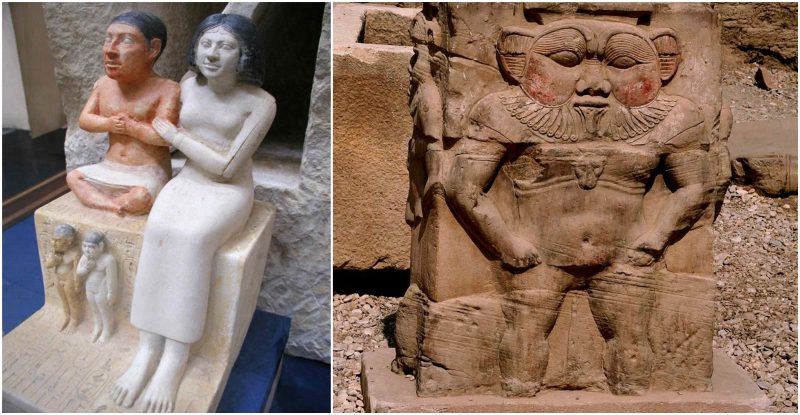Dwarfs inspired respect in ancient Egypt. They appear in Egyptian art as early as the Predynastic period, and the protective god Bes and Ptah the god of craftsmen and architects themselves were dwarfs. They often took on the role of entertainers, but the example of Seneb shows that they could enjoy official careers as well.
Seneb was the most famous dwarf of ancient Egypt. He lived during the Fifth Dynasty and was a high-ranking official with many social, religious, and honorary titles.
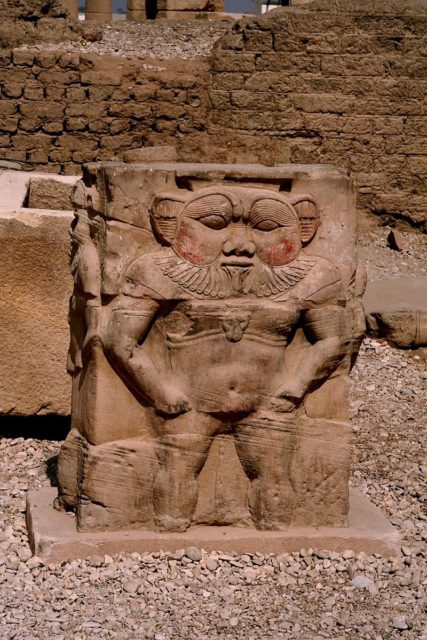
Seneb was a person of considerable importance and wealth who owned thousands of cattle, held twenty palaces and religious titles, and was married to a high-ranking priestess of average size with whom he had three children. His successful career and the lavishness of his burial arrangements are indicative of the acceptance given to dwarfs in ancient Egyptian society, whose texts advocated the acceptance and integration of those with physical and mental disabilities.
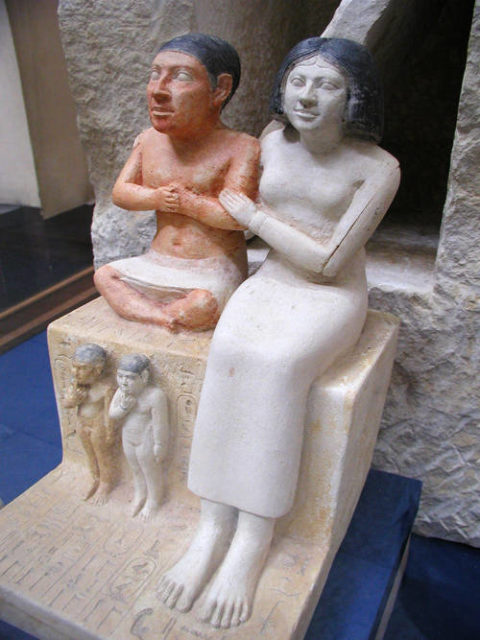
Dwarfism was not seen as a defect in ancient Egypt, unlike in many other cultures. A number of dwarfs gained prestigious roles and were given lavish burials in proximity to their royal masters. Seneb’s career is documented on his false door and the plinths of his statues, which record twenty titles including “beloved of the lord (king)”, “overseer of weaving in the palace”, “overseer of dwarfs” (presumably indicating that there were others in the palace), “overseer of the crew of the ks ship” (referring to a ceremonial or cult boat), “overseer of the jwḥw” (possibly referring to animal-tenders), and “keeper of the God’s seal of the Wn-ḥr-b3w boat” (referring to a papyrus bark used in certain festivals).
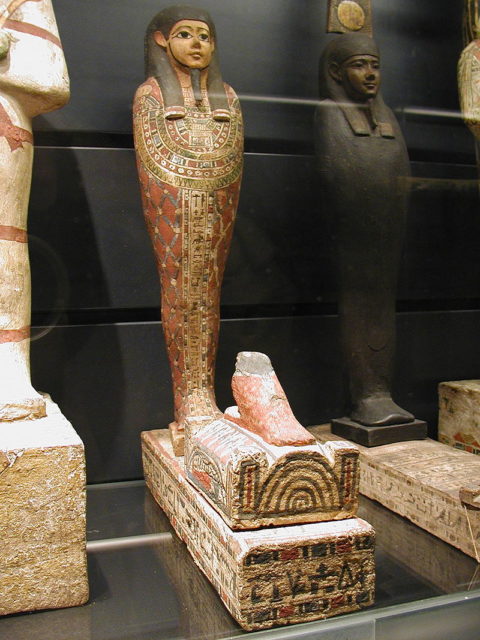
, https://commons.wikimedia.org/w/index.php?curid=652334
Seneb was buried in a mastaba – a flat-roofed brick tomb – located in the West Field of the Giza Necropolis near modern Cairo, where a large complex of ancient Egyptian royal tombs and mortuary structures was built, including the Great Pyramid. It was rediscovered by the German archaeologist Hermann Junker in 1926. The tomb is situated close to that of another dwarf, Perniankhu, a high-ranking royal courtier who may have been Seneb’s father.
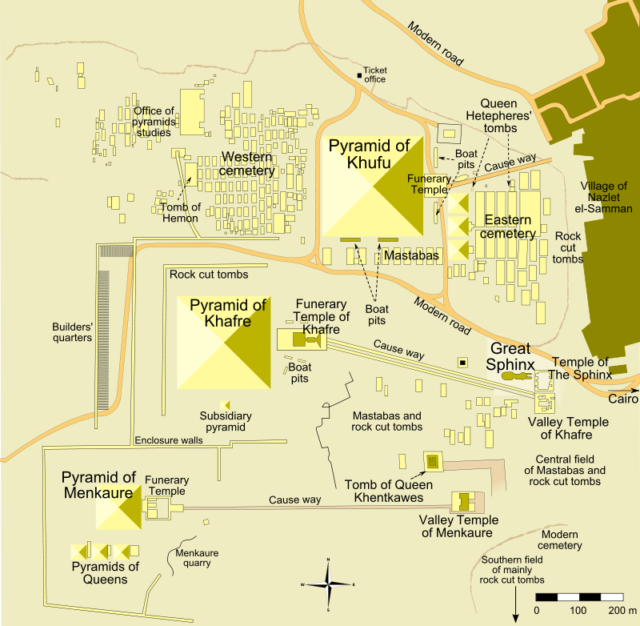
Seneb was apparently buried with his wife, but no trace remains of the bodies; the tomb was looted long ago, like most of the others at Giza. The tomb was one of the first known attempts at building a ceiling dome over a square chamber, with the dome resting on jutting bricks at the corners of the room.
The rectangular interior of Seneb’s mastaba contained two cult niches with a false door and cavities containing stone chests. Three statues were found within the chests – the painted limestone sculpture of Seneb and his family and two other statues in wood and granite.
